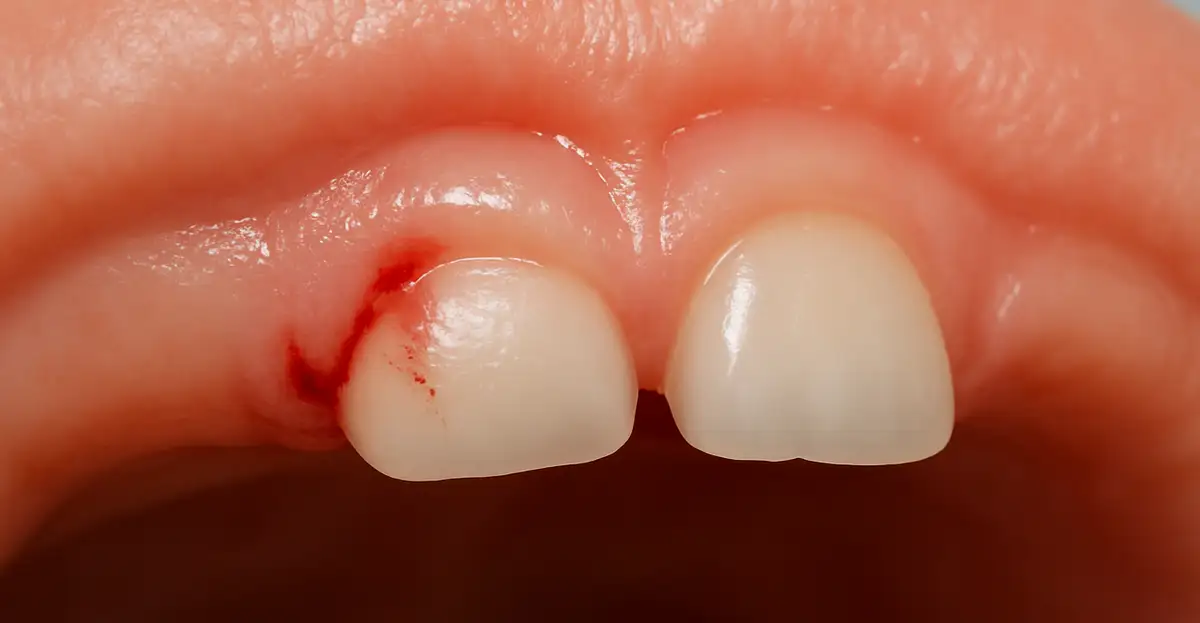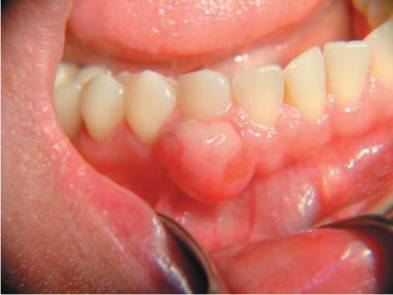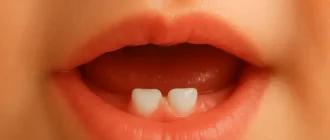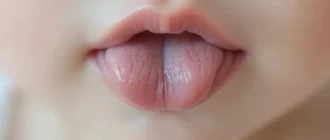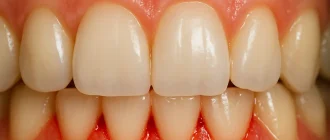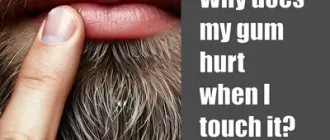Seeing blood in your baby’s mouth can be scary — no sugarcoating that. Bleeding gums in babies may be due to something as minor as teething or as serious as a blood clotting disorder. While this isn’t a daily parenting dilemma, it’s important to know what’s going on and when to seek help.
Early Symptoms of Gum Problems in Infants (Reported by Parents)
| Symptom | Reported Cases |
|---|---|
| Swollen gums | 38 |
| Redness | 34 |
| Bleeding when brushing | 28 |
| Fussiness during feeding | 24 |
| Bad breath | 16 |
| Visible pus or infection | 8 |
This chart highlights the most commonly reported early symptoms of gum problems in infants. Swollen gums and redness are the most prevalent signs, while more severe indicators like visible pus or infection are less frequently noted.
Common Causes of Bleeding Gums in Infants
1. Teething Troubles
The most common culprit is teething. When a baby’s first teeth start pushing through the gums, it can cause inflammation, tenderness, and sometimes a bit of bleeding.
- When it occurs: Around 4 to 7 months of age.
- Signs: Swollen gums, fussiness, and biting on everything.
2. Gum Injury
Babies explore the world with their mouths. That means hard toys, crib bars, or even a vigorous toothbrush can injure delicate gums.
- Look for: A visible bruise or sore, usually on one area.
3. Poor Oral Hygiene
Even before teeth appear, bacteria can accumulate in a baby’s mouth. If the gums aren’t gently cleaned, they may become irritated or infected.
- Prevention: Use a soft, damp cloth to wipe gums daily.
4. Vitamin Deficiencies
Lack of vitamin C (scurvy) is rare but still possible. This can lead to gum bleeding among other symptoms.
- Watch for: Easy bruising, fatigue, and irritability.
Top Nutritional Deficiencies Linked to Baby Gum Bleeding
This chart highlights the leading nutritional deficiencies associated with gum bleeding in babies. Vitamin C deficiency is by far the most common, followed by Vitamin D and Iron. Calcium and Vitamin A deficiencies are less frequently reported but still relevant.
5. Blood Disorders
Conditions such as hemophilia or leukemia, though rare, can present as unexplained bleeding — including in the gums.
- Action needed: Immediate medical evaluation.
How Is It Diagnosed?
Before visiting the pediatrician, some signs can help parents perform basic self-checks at home.
Self-Diagnosis at Home
Look for subtle signs like slight pink stains on pacifiers or bottle nipples, especially after feedings. Gently lift the baby’s lip or lower their jaw and inspect the gum line in natural light.
- What you might see: Small red spots, mild swelling, or slight blood traces near erupting teeth.
- Baby’s reaction: In most cases, babies don’t feel significant pain and may remain calm. However, if a parent touches a sore spot, the baby might wince, pull away, or fuss briefly.
- Tip for comfort: Keep your hands warm and clean. Talk to your baby gently during the check. It’s not just about examination — it’s reassurance, too.
Duration of Gum Bleeding Episodes in Babies (Average, in Minutes)
| Type of Bleeding | Average Duration |
|---|---|
| Minor teething bleed | 1–2 min |
| Injury-related bleed | 5–10 min |
| Infection-related bleed | 10–15 min |
| Severe/prolonged bleed | 20+ min |
The chart shows the average duration of various types of gum bleeding episodes in babies. Minor bleeds typically resolve quickly, while severe or prolonged bleeding episodes can last significantly longer and may require medical attention.
Physical Exam
Pediatricians begin with a visual inspection and gentle palpation of the gums.
- How it’s done: The doctor may use a gloved finger or a small padded instrument to lightly press the gums, checking for tenderness, bleeding points, or signs of trauma.
- Baby’s reaction: Usually minimal — babies may squirm or whimper if a sore area is touched, but most tolerate the exam well when comforted.
- Parental presence helps: Holding your baby during the exam often reduces anxiety for both child and parent.
- Accuracy: 6/10 (initial assessment).
- Cost: Usually included in regular pediatric visits.
Complete Blood Count (CBC)
Used to check for anemia, infection, or signs of leukemia.
- How it’s done: A small blood sample is taken, usually from a heel prick or arm vein. It’s quick and causes only brief discomfort.
- Baby’s reaction: A short cry or fuss is common, but it passes quickly with gentle soothing and distraction (like a favorite toy).
- Parental note: You can hold or comfort your baby during the sample collection to reduce stress.
- Accuracy: 9/10
- Cost: Around $100–$150 (USD), €90–€130 (EUR)
Coagulation Tests
These check how well the blood clots, helping diagnose bleeding disorders like hemophilia.
- How it’s done: Blood is drawn and analyzed for clotting factors and time. The test includes PT, aPTT, and sometimes factor assays.
- Baby’s reaction: Similar to CBC — mild discomfort for a few seconds, typically eased with cuddling afterward.
- Parental support tip: Bringing a familiar blanket or pacifier can be comforting during the test.
- Accuracy: 9/10
- Cost: $120–$200 (USD), €110–€180 (EUR)
Nutritional Panel
Assesses levels of essential vitamins and minerals.
- How it’s done: Requires a blood draw. Pediatricians may order it if they suspect deficiencies (especially vitamin C or D).
- Baby’s reaction: Brief discomfort similar to other lab tests; crying is common but usually short-lived.
- What it helps detect: Nutritional causes like scurvy, poor iron levels, or malabsorption issues.
- Accuracy: 8/10
- Cost: $80–$120 (USD), €75–€110 (EUR)
Imaging (if trauma suspected)
X-rays or intraoral scans can identify fractures or embedded foreign objects.
- How it’s done: Quick imaging using a small dental X-ray machine or digital intraoral scanner. The baby may sit on a parent’s lap during the procedure.
- Safety: Very low radiation exposure and often completed in under 5 minutes.
- Baby’s reaction: Most babies tolerate it well, especially when held and reassured.
- Accuracy: 8.5/10
- Cost: $150–$250 (USD), €140–€220 (EUR)
Treatment Options
Home Care
What it involves: Parents can offer cold teething rings or clean, frozen washcloths for the baby to gnaw on, which soothes inflamed gums and can help minimize bleeding.
- How to do it: Chill a BPA-free teething ring or dampen a clean washcloth and freeze it for about 15–20 minutes. Offer it to your baby for short intervals of 10–15 minutes under supervision.
- Effectiveness: 7.5/10 for teething-related cases.
- Duration: As needed, typically during teething episodes.
- Cost: $5–$15 (USD), €4–€13 (EUR) per teething ring.
Additionally, gently cleaning the baby’s gums twice a day using a silicone finger brush (e.g., FridaBaby or Dr. Brown’s) or a soft, damp cloth can help remove residue and reduce the risk of irritation.
- Effectiveness: 8/10 for preventing infection and inflammation.
- Cost: $6–$12 (USD), €5–€10 (EUR) for a silicone brush pack.
Nutritional Supplementation
What it involves: If a vitamin deficiency is identified, pediatricians often prescribe or recommend infant vitamin drops.
- Popular options in the U.S.: Enfamil Poly-Vi-Sol with Iron, Zarbee’s Baby Multivitamin with Iron.
- How to use: Administer daily via oral syringe, dosage according to pediatrician’s guidance.
- Effectiveness: 9/10 in deficiency-related bleeding.
- Duration: Typically 1–3 months or until levels normalize.
- Cost: $10–$20 (USD), €9–€18 (EUR) per bottle (30-day supply).
Medical Management
1. Antibiotics
Used if bacterial infection (such as early gingivitis or oral thrush) is diagnosed.
- Common brands in the U.S.: Amoxicillin (Amoxil), Azithromycin (Zithromax) — only prescribed by a physician.
- Form and administration: Liquid oral suspension, typically flavored for infants. Administered via dropper or baby syringe.
- Duration: A 5–10 day course depending on the infection severity and pediatrician’s instructions.
- Effectiveness: 8.5/10 when infection is confirmed.
- Cost: $15–$40 (USD), €13–€35 (EUR) with prescription.
2. Antifungal Treatment
Prescribed for oral thrush (fungal infection), common in infants.
- Common product: Nystatin oral suspension.
- Form and administration: Given via dropper inside the mouth, typically 4 times per day.
- Duration: 7–14 days.
- Effectiveness: 9/10 in confirmed fungal cases.
- Cost: $20–$35 (USD), €18–€30 (EUR).
3. Hematology Referral
Required for evaluating serious underlying conditions like hemophilia or platelet disorders.
- Procedure includes: Detailed family history, physical exam, blood coagulation studies (PT, aPTT), genetic screening.
- Visit process: Typically starts with pediatric referral, followed by evaluation at a hematology clinic.
- Duration: Initial assessment 1–2 hours; follow-up depends on findings.
- Effectiveness: 10/10 for accurate diagnosis and planning.
- Cost: Initial consult: $200–$400 (USD), €180–€350 (EUR); advanced testing may increase costs.
4. Vitamin C Supplementation (if deficiency-related)
If gum bleeding is due to low vitamin C levels, pediatricians may prescribe infant-safe vitamin drops.
- Recommended brands: Enfamil Poly-Vi-Sol with Iron, NovaFerrum Pediatric Drops.
- How it’s given: Daily, orally with food, using dropper provided in packaging.
- Duration: Typically 4–12 weeks, depending on severity.
- Effectiveness: 9/10 in confirmed deficiency.
- Cost: $12–$25 (USD), €10–€22 (EUR) per bottle.
In all cases, treatment must be prescribed and monitored by a pediatrician or pediatric specialist. Never use over-the-counter or leftover medications on infants without professional guidance. Self-diagnosis and over-the-counter treatments are not advised.
If deficiency is the issue, pediatricians may recommend age-appropriate vitamin drops.
Real Case Example
A 9-month-old boy from Austin, TX, was brought in with occasional gum bleeding. His mother thought it was teething, but pediatric labs showed low vitamin C levels. With dietary changes and supplementation, symptoms resolved within two weeks.
A 2-year-old girl from Milwaukee, WI, developed gum bleeding after switching to a harder-bristle toothbrush. Her parents noticed the issue right after brushing. A pediatric dentist confirmed mild trauma to the gums. After switching to an extra-soft toddler toothbrush and a more careful brushing technique, the bleeding stopped within days.
A 3-year-old boy from Sacramento, CA, experienced bleeding during nighttime due to excessive sucking on a hard pacifier. The gumline showed signs of irritation and pressure points. Pediatric evaluation ruled out serious causes. After replacing the pacifier with a softer alternative and limiting nighttime use, the symptoms resolved completely in about a week.
A 9-month-old boy from Austin, TX, was brought in with occasional gum bleeding. His mother thought it was teething, but pediatric labs showed low vitamin C levels. With dietary changes and supplementation, symptoms resolved within two weeks.
Prevention Tips for Parents
| Prevention Method | Recommended Age | Notes |
|---|---|---|
| Gently clean gums daily | Birth+ | Wrap a clean, damp cloth (or use a silicone finger brush) around your index finger. Gently massage the baby’s gums in slow, circular motions twice a day — especially after feedings. Never apply pressure; think of it more like a gentle polishing. This helps remove milk residue and bacteria. |
| Avoid hard toys | 3 months+ | Choose BPA-free, soft teething toys that slightly “give” when pressed. Avoid anything rigid, sharp-edged, or heavy — even if labeled “teething-safe.” Inspect toys daily for wear. |
| Monitor nutrition | 6 months+ | As solids are introduced, make sure the baby’s diet includes vitamin C-rich purees like mashed mango, sweet potato, or broccoli. Consult your pediatrician before adding supplements. |
| Regular pediatric check-ups | Ongoing | Stay consistent with check-ups. Pediatricians often spot early signs of gum irritation or vitamin deficiencies before symptoms fully develop. Ask about your baby’s oral health at each visit. |
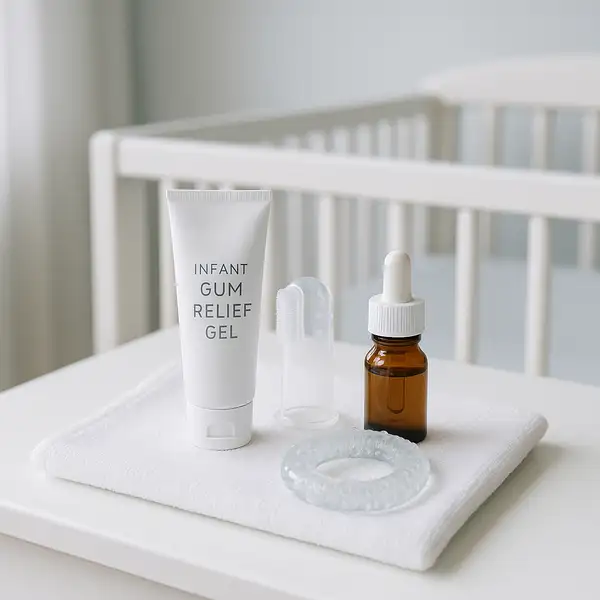
Editorial Advice
Reyus Mammadli, healthcare advisor, recommends: “Parents should treat any instance of gum bleeding in babies as a signal to observe and assess — don’t panic, but don’t ignore it either. If it recurs or is accompanied by other symptoms, involve a pediatrician right away.”
Additional tip: Always check the gums gently after your baby eats — small food particles can irritate sensitive tissues, especially when solids are introduced.
References
- American Academy of Pediatrics. “Teething and Infant Oral Health.” HealthyChildren.org
🔗 https://www.healthychildren.org - Mayo Clinic. “Baby’s First Tooth: 7 Facts Parents Should Know.”
🔗 https://www.mayoclinic.org - Centers for Disease Control and Prevention (CDC). “Vitamin C – Fact Sheet for Health Professionals.”
🔗 https://ods.od.nih.gov/factsheets/VitaminC-HealthProfessional - National Hemophilia Foundation. “Symptoms and Diagnosis of Bleeding Disorders.”
🔗 https://www.hemophilia.org - Cleveland Clinic. “Oral Thrush in Babies: Symptoms and Treatment.”
🔗 https://my.clevelandclinic.org
